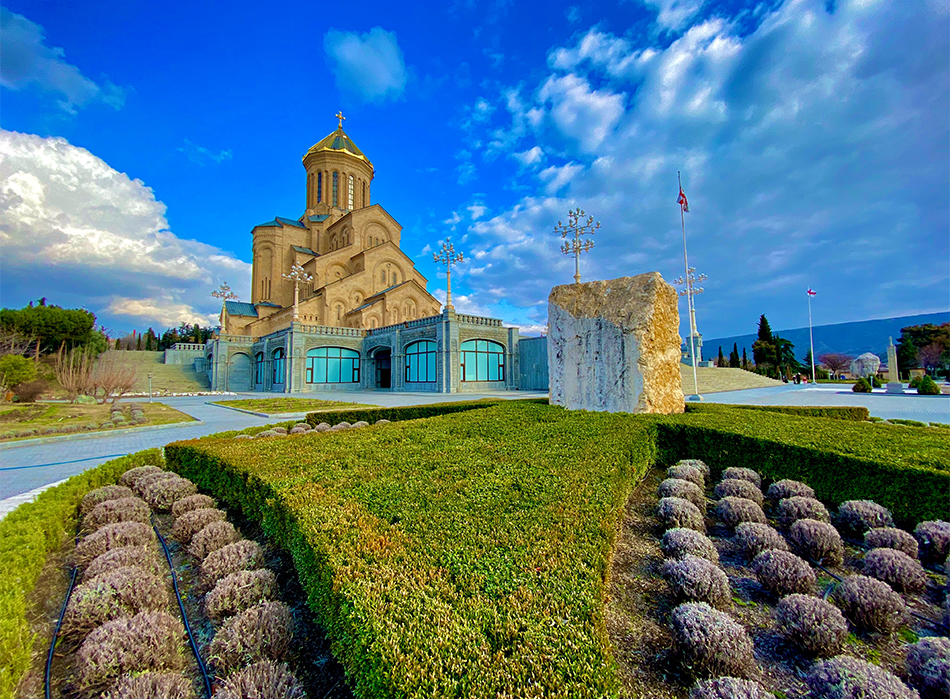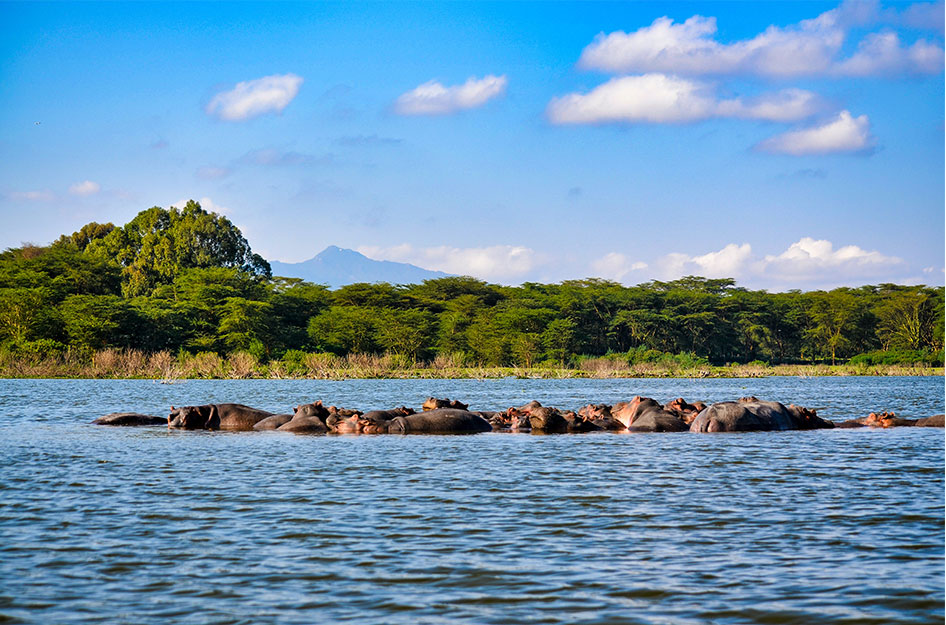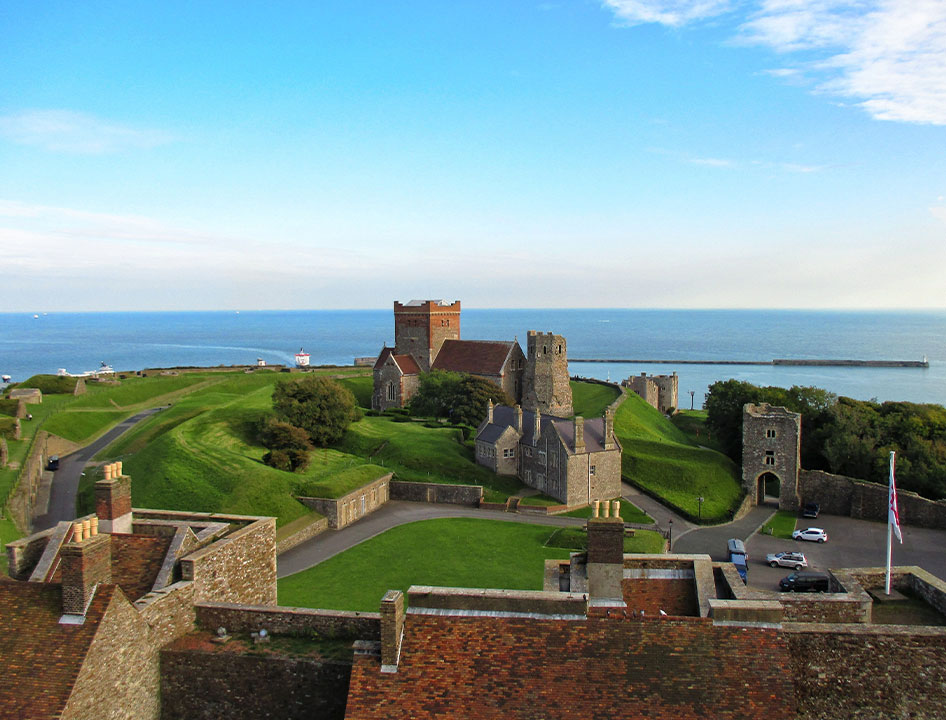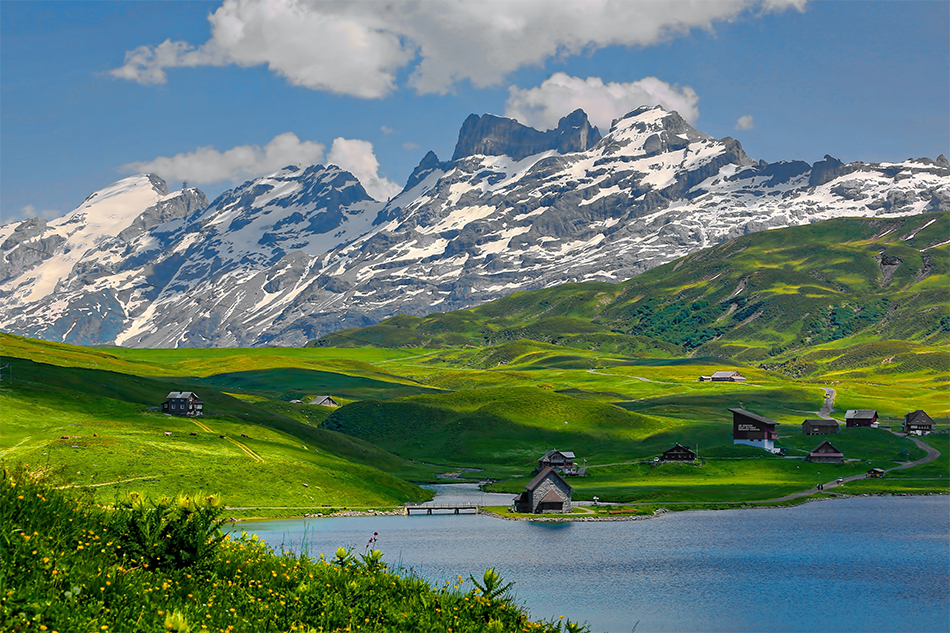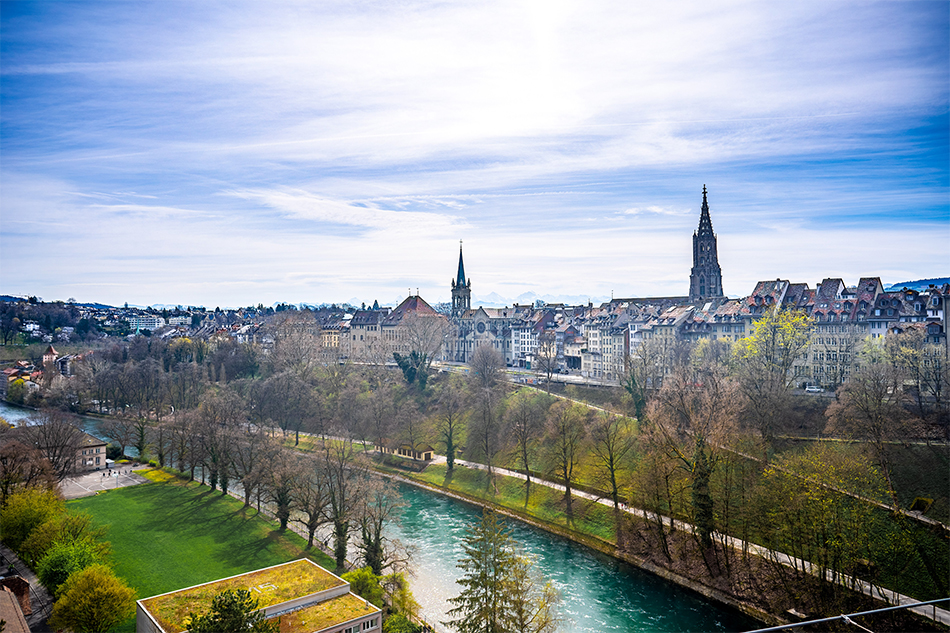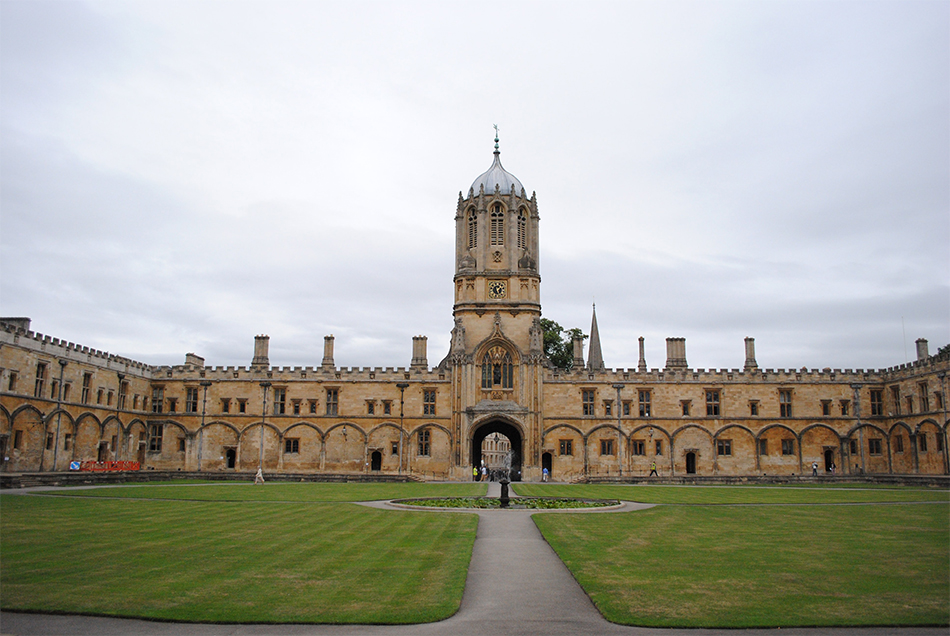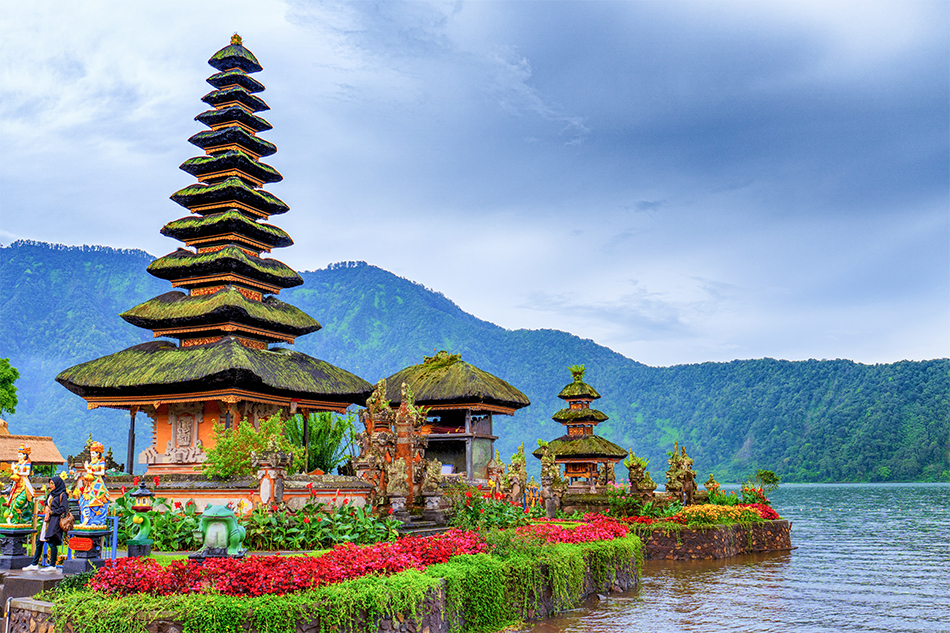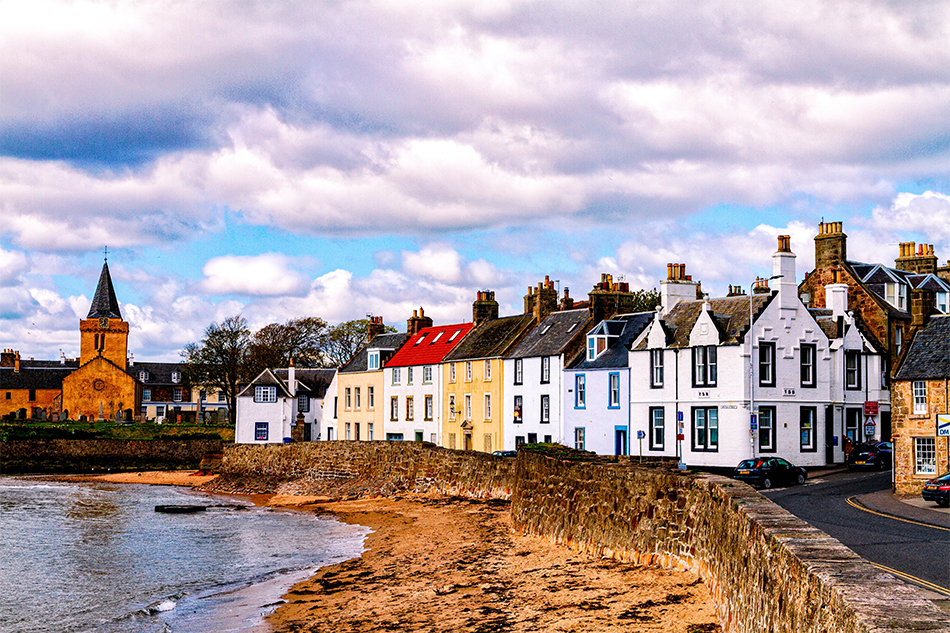
Top 10 Tourist Attractions in Scotland
You probably think of whistling bagpipes, Loch Ness monsters, lonely castles, golf, significant architecture, and hairy Highland cattle when you think of Scotland. These elements have certainly become popular tourist sites by attracting substantial visitors.
You may take a boat trip, a walk through Scotland's back roads, a picturesque train journey, or a driving tour of the country, which offers a different experience. Suppose you have the opportunity to visit the castles. In that case, you will witness the fabled battlefields where the clans battled, you will be able to walk in the footsteps of mythical kings and queens, or you will be able to walk in the literary trails that Robbie Burns and Sir Walter Scott may have walked.
1. Edinburgh Castle
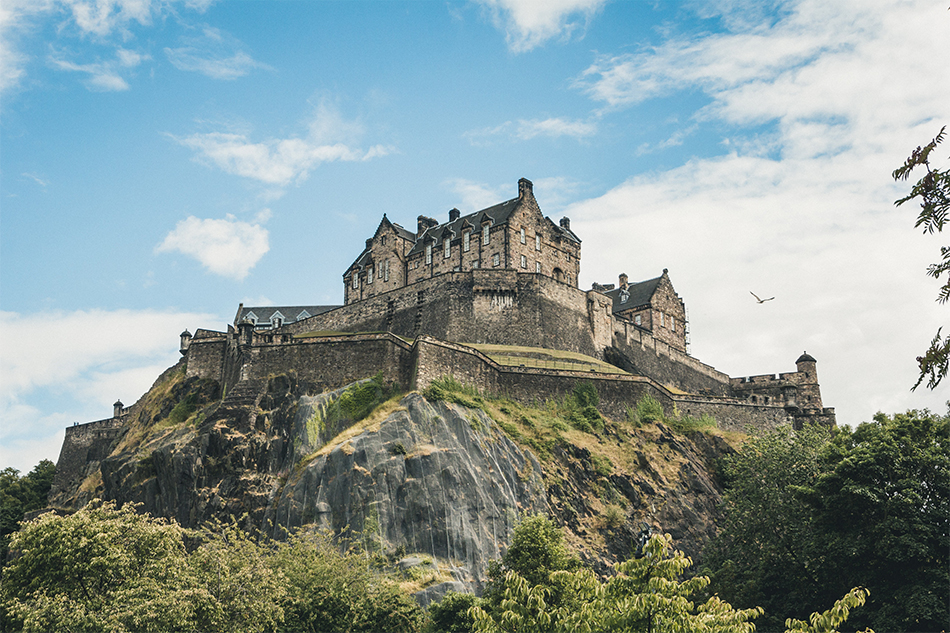
Edinburgh Castle is a significant emblem of Scotland and the city of Edinburgh. Edinburgh Castle became a royal castle in the sixth century, and it has remained a critical royal home and center of state administration ever since. Anyone visiting Edinburgh will not miss Edinburgh Castle, which can be viewed from all corners of the city center and offers a panoramic view.
Three Scottish treasures are exhibited within the castle: the crown, sword, and scepter possessed by James IV and V in the 16th century, which are emblems of the Scottish king's absolute power.
Every August, the marching band parade exposes the majestic ambiance of Edinburgh Castle. If you're lucky, you'll be able to see the band perform.
But coming here, buying tickets ahead of time, watching the weather, and double-checking the parking spot can help you enjoy your stay.
2. Loch Ness
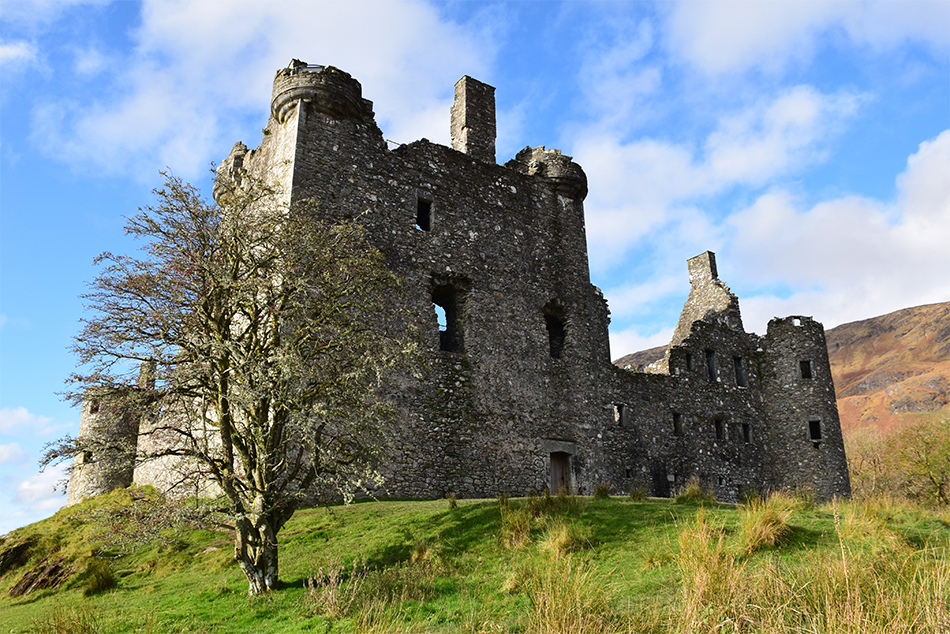
Loch Ness is one of the most renowned lochs globally, and it is Scotland's second-biggest after Loch Lomond. It is associated with a famed sea monster, and the most infamous fabled creature of contemporary times, the Nessie, is claimed to reside in this loch. Nisei, a snake-necked dragon creature in general, draws travelers from all over the world every year to obtain a sight of the real face of the water monster; there have been several hunts for the monster throughout the years but they have all failed. And the creature has piqued the interest of several experts and adventurers. Perhaps you will be fortunate enough to glimpse Nisi's real face.
3.Kevin Grove Art Museum
Kelvingrove Art Gallery and Museum is a museum and art gallery in Glasgow, Scotland, and one of the country's most popular free tourist sites, surpassing Edinburgh Castle and ranking third in the United Kingdom outside of London.
The museum's elaborate interior holds one of the world's best collections of weaponry and armor, a vast collection of Scottish and European art, and a significant natural history collection. It is housed in a spectacular Edwardian-style red sandstone tower.
There is a large organ in the foyer, and traditional Scottish repertory is frequently played on Saturdays, Sundays, and festivals. It is charming and different, and it is worth a visit.
4. Stirling Castle
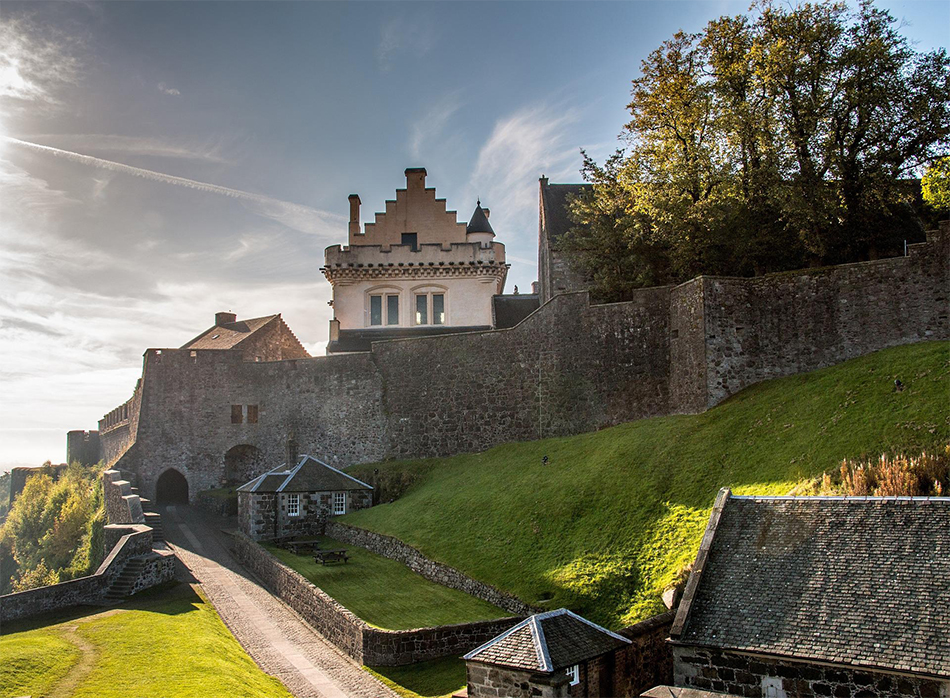
Stirling Castle is a well-known royal castle. It is built on a 77-meter-high cliff in the ancient town of Stirling and was originally the Scottish monarchs' residence. Many legends about Scotland took place here, including tales of conflict and peace and tales of royal authority.
This castle was also home to Mary Queen of Scots and James VI, who played significant roles in English history. This castle is a famous structure across Scotland and even Great Britain. It has witnessed numerous conflicts and historical movements in Scotland's history, and some refer to it as "a brooch of Scotland."
5. Riverside Museum and Tall Ship, Glasgow
Glasgow, one of Scotland's most popular tourist destinations, houses a museum devoted to land and sea transportation history. Visitors can see trams, locomotives, buses, horse-drawn carriages, vintage automobiles, ships, and other models inside the museum.
There are faithful reconstructions of Glasgow's streets, with photographs updated using current technology and videos that better expose visitors to the collection's history and value.
Visitors can also board the S. S. Glenlee, an 1896 tall ship located just beyond the Clyde. It is the only Clyde-built ship that is still in service in England.
6. Holyrood Park
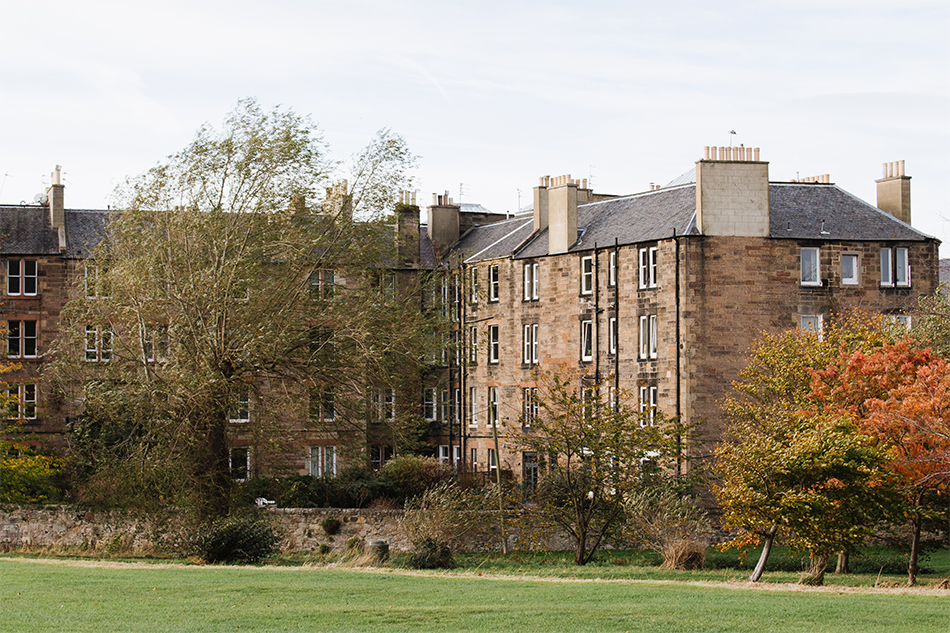
Holyrood Park is a royal park in the center of Edinburgh, Scotland's capital, England, about one mile east of Edinburgh Castle.
It's a breathtakingly lovely location. It's ideal for nature enthusiasts and a terrific area to walk. If you are not urged to climb to the highest point to receive the most exemplary 360-degree view of the city, you may go around the entire mountain filled with lochs, ducks, swans, and breathtaking vistas.
Checking the weather and your route ahead of time will help you travel more efficiently. When visiting Horrid Park in windy conditions, selecting clear weather will provide you with a more stunning view.
7. Dean Village
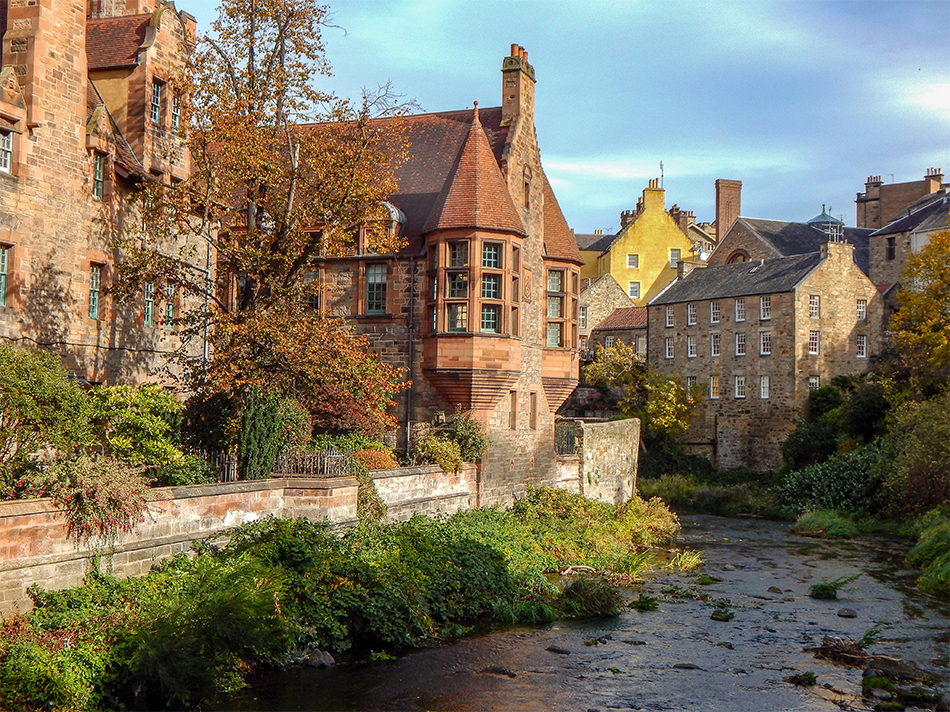
Dean Town is a charming village in Edinburgh's core, not far from the city center. The river crossing through gives it a beautiful, making it ideal for home photography is a good choice.
Worth a visit if you enjoy strolling around and admiring the architecture. The hamlet is small, but it is worth a visit if you can go early in the morning when it is less busy, and you have time to yourself to appreciate the peace.
8. Isle of Skye and the Inner Hebrides
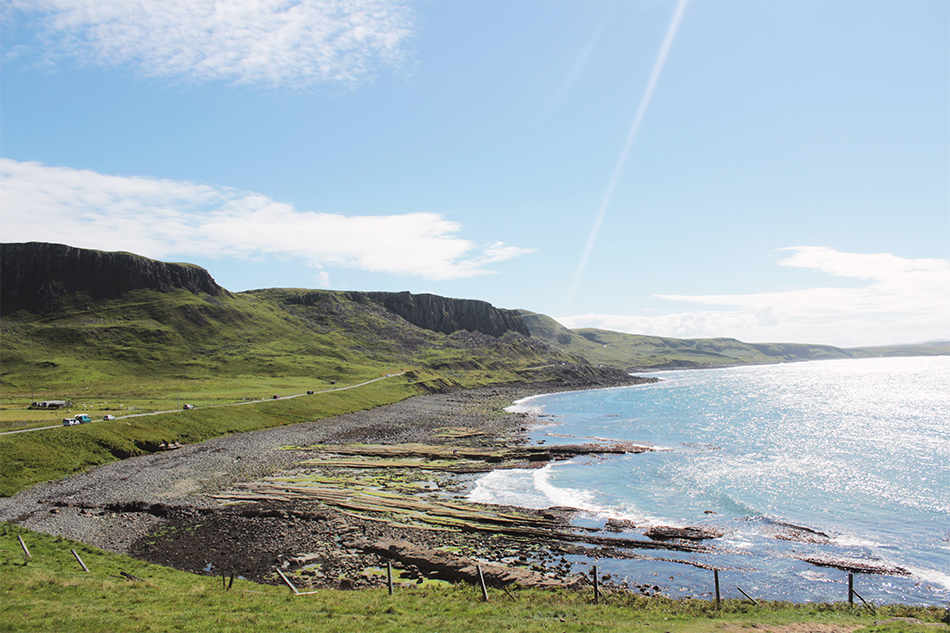
Skye is Scotland's largest inner island and is particularly popular with birders, ramblers, and nature lovers. Its wild, romantic mountain scenery is most notable for its green valleys, caves, lonely glens, sandy beaches, and rushing waterfalls.
The island is home to the remains of ancient oak forests and an abundance of wildlife, including otters, seals, and at least 200 species of birds. St. Columba came from Ireland in the 6th century to spread the Gospel, so this area of the Hebrides is considered the "cradle of Christianity" in Scotland.
9. The Kelpies
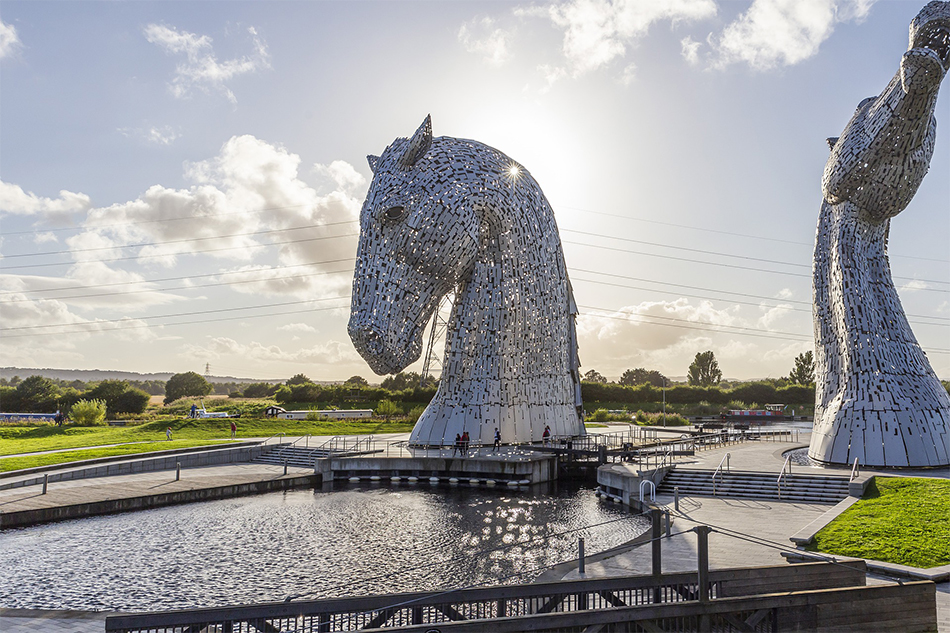
The Kelpies are two massive horse head sculptures (horse-shaped water ghosts). The Kelpies are situated on the Forth Clyde Canal's side.
Scott sees the "horse" as a symbol of Glasgow, evoking the city's past, which has shifted radically from heavy industry and manufacture to horticulture festivals, trade fairs, and service sectors today. It, like the horse, was formerly a mode of transportation, and horses carried the commodities of the industries along the canal; today, it is more of a beautiful element that is displayed to the world.
10. Princes Street Garden
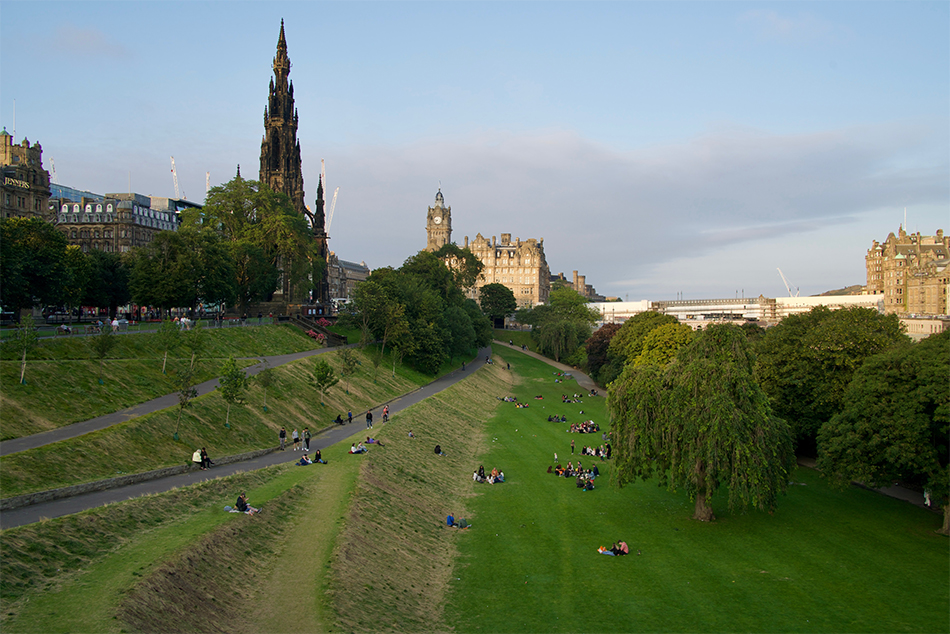
Princes Street Gardens is a park on the south side of Princes Street in Edinburgh, Scotland. Princes Street Gardens, which was originally established as a lake in the 1770s and 1820s, is Edinburgh's most renowned garden and draws many people each year.
Visitors may also enjoy performances and, if they are lucky, witness the fireworks site of the Edinburgh International Festival, which is an excellent choice for people who adore nature.

